What is a solar path light
A solar path light is a self-powered light fixture that illuminates to provide clear direction to the front door as well as reveal regions adjacent to the path. Path lighting is used to enhance landscaping such as flower beds, shrubbery and borders while safely illuminating pathways. While blanketing areas with a gentle illumination to provide an attractive touch for the exterior, path lights produce a greater sense of security and assist orientation. Path lights line walkways, entry ways, and steps to create pools of light that commands the viewer to take note of a certain detail within the landscape. Most path lights are low, capped fixtures that distribute light in a horizontal direction or reflect light from under their tops. They should be spaced about 6′ apart from one another so that bright regions do not overlap, but not so far that will leave completely dark areas between them.
System components
A solar path light is an integrated assembly that consists of an LED module, a solar module, a battery bank, a solar charge controller, and a body (stem/hood/husk) constructed from brass, aluminum, or plastics.
Solar panels
The solar module located on the top of the hood (cap) is fabricated from monocrystalline or polycrystalline cells. Monocrystalline cells are more expensive to produce than polycrystalline cells but are more efficient at absorbing solar energy. The appearance of solar cells may be a consideration for discriminating homeowners since path lights are low-height fixtures and the daytime look of the hood is apparently a design element. A monocrystalline cell tends to be more aesthetically pleasing because it has a very smooth surface and a much more uniform appearance than a polycrystalline cell which is made of multiple crystals.
Solar charge controller
The solar panels is connected to a battery system via a solar charge controller. The solar charge controller regulates the voltage from the solar panel so as not to overcharge the battery. It also provides load control to ensure the battery is not overdischarged.
Rechargeable battery
The rechargeable battery may use the nickel-metal-hydride (NiMH) or lithium-ion (Li-ion) chemistries. Li-ion batteries are more expensive and prone to thermal runaways, but they are being more prevalently used in small-size solar light fixtures due to their advantages of high capacity, high charging efficiency, and long cycle life.
Load regulation
The LED module of a solar path light is a low-wattage assembly. LEDs are current driven devices, therefore an LED-based solar lighting system does not need an AC-to-DC driver that is found in line-operated systems. As such, there’s no power conversion loss occurring in solar path lights. This feature, in conjunction with the use of high efficacy LEDs, allows the path light to maintain a long battery autonomy. With a full charged battery, a solar path light provides up to 8 hours of nighttime illumination.

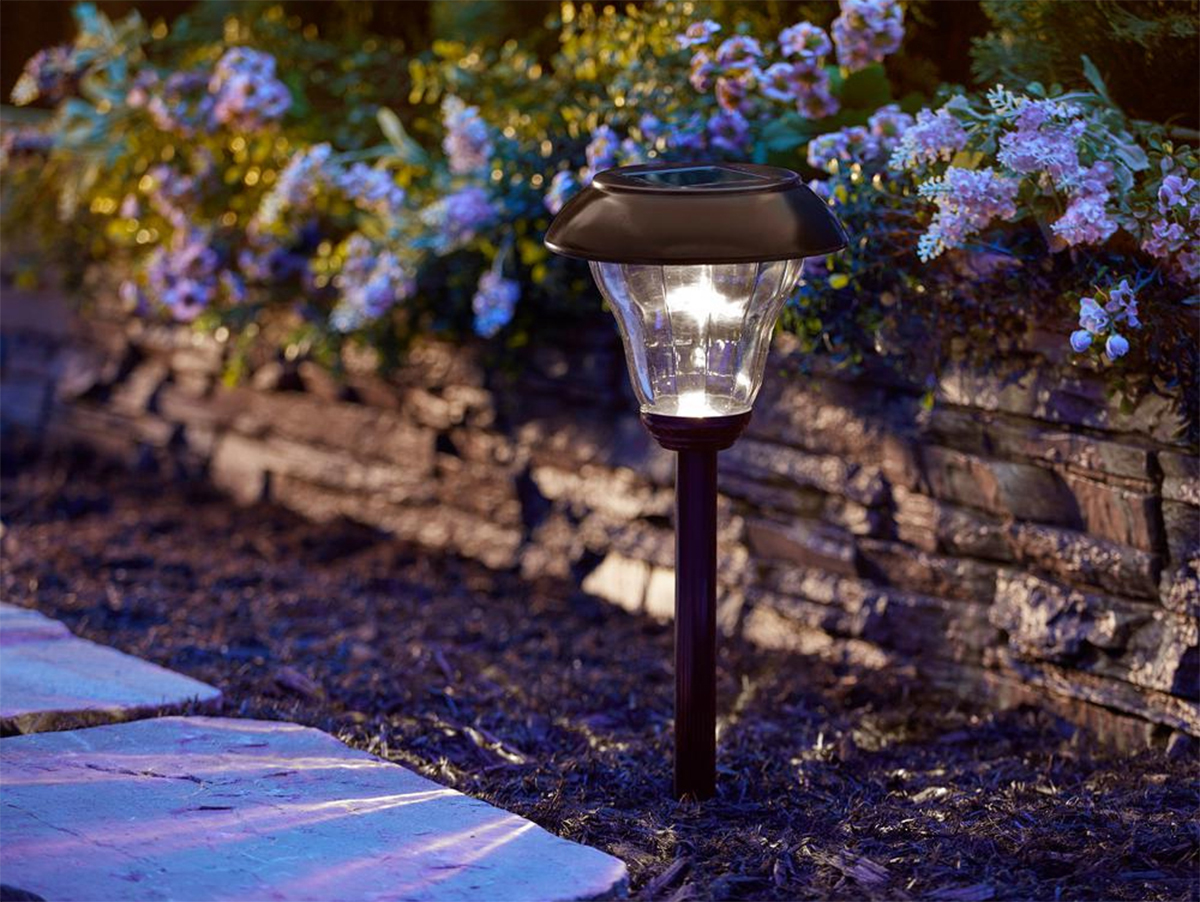

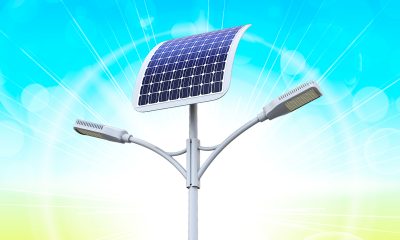
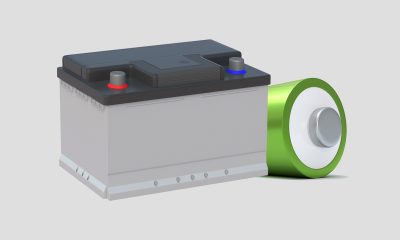


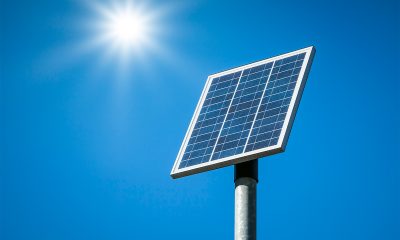
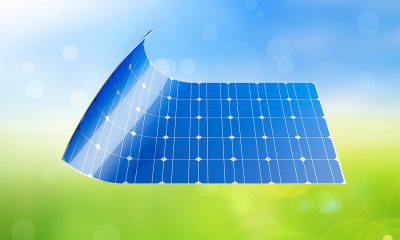
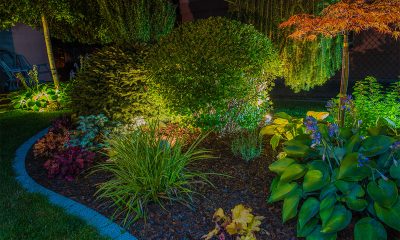
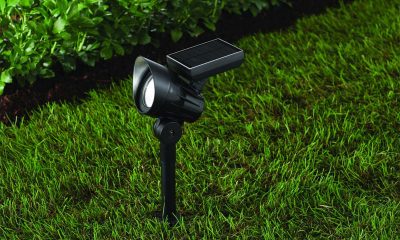
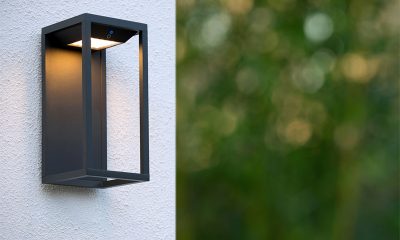
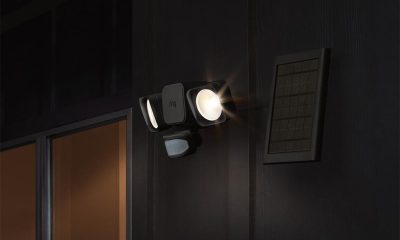
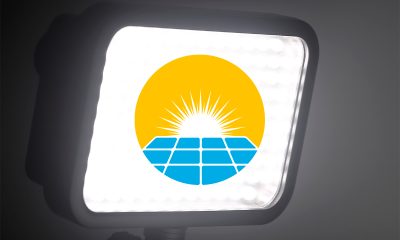





Loading...